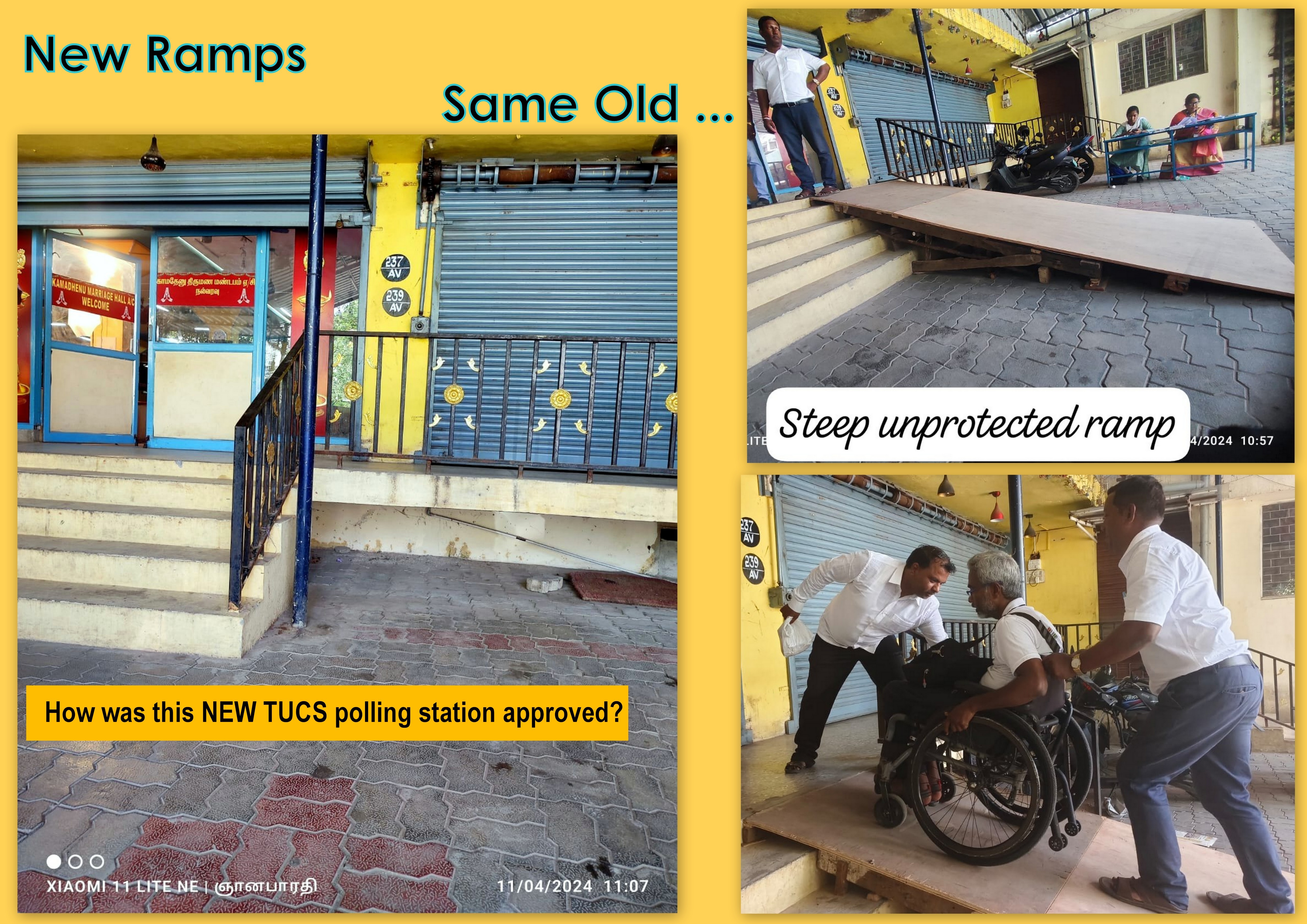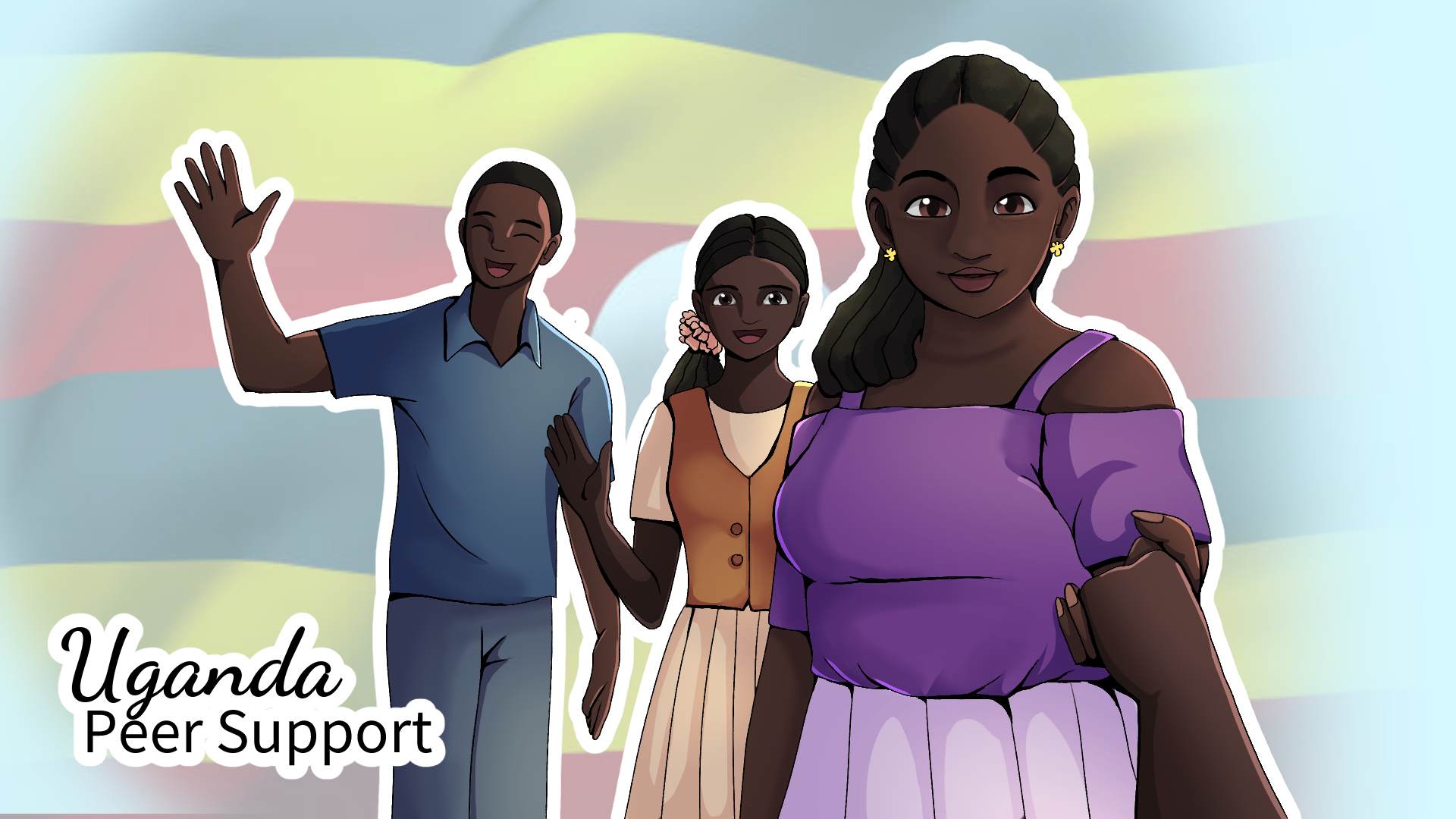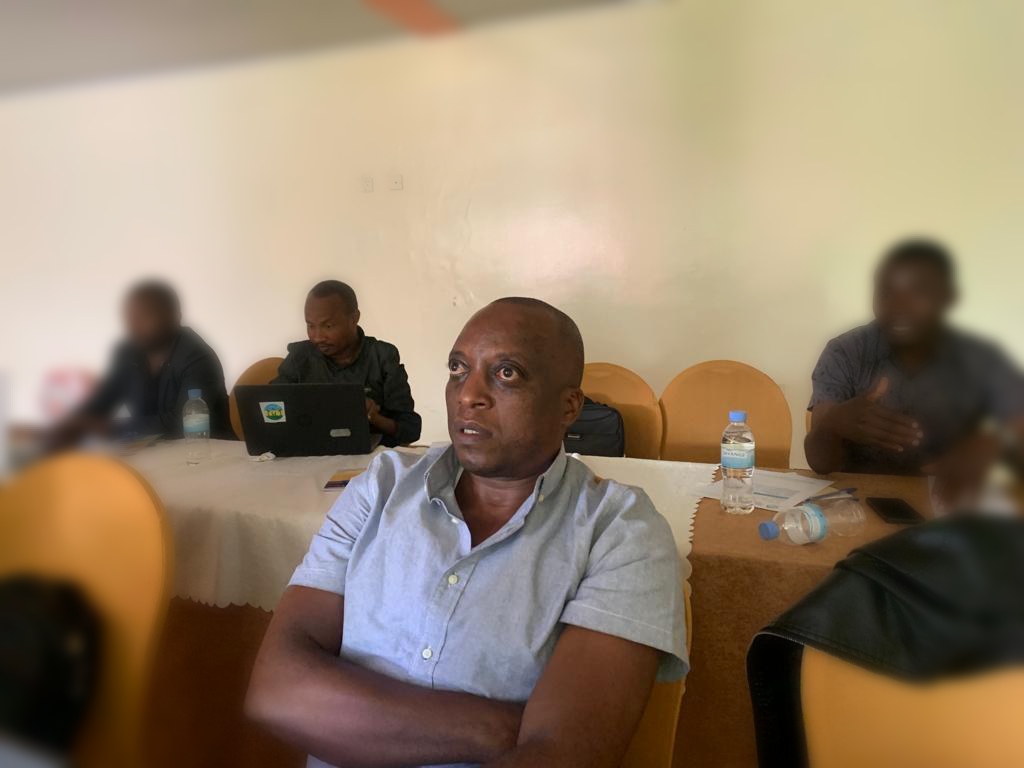
News
‘Videos Are Like Art to Me’
When she was four years old, DJP Fellow Kinanty Andini drew all over the walls of her mother’s house. Now she’s using her creativity to make films that fight against mental health stigmas.
November 7, 2022
JAKARTA, Indonesia – During her 2022 fellowship with the Disability Justice Project, Kinanty Andini decided to make a film about workplace discrimination against Indonesian workers with psychosocial disabilities. While she focused her video on two women who were fired after their employers found out about their mental health conditions, the inspiration behind the story was Andini’s own lived experience.
“I had a job two years ago. … I hid the fact that I had psychosocial issues,” says Andini. “And I experienced it too – that my employer found out that I’m a person with a psychosocial disability. And they fired me.”
As a child, Andini was passionate about art. She even had a habit of drawing all over the walls of her family’s home in Indonesia.
“I used to make the walls of my house into a giant canvas,” says Andini. “Thankfully, my mother never scolded me for ruining her beautiful house. Instead, she gave me a lot of papers, drawing books, and a box of pencils. She said, ‘It’s okay to be creative, but you have to be creative in the right way.’”
During her fellowship with the DJP, Andini has been channeling her love for visual art into making films about disability rights issues. One of the problems she wants to address most is the stigmatization of mental health conditions.
“The issue I focus on the most is stigma,” says Andini, “or you can call it labels for people with psychosocial disabilities that are created by society. Because most of the discrimination against us is based on those stigmas.”
According to Andini, the consequences of being stigmatized are serious in Indonesia. She says people with psychosocial disabilities experience everything from bullying in school and workplace discrimination to “pasung.” Currently banned in Indonesia, pasung is the practice of restraining individuals who have psychosocial disabilities using shackles. According to Andini, along with reports by Human Rights Watch and other organizations, it’s still widely used across the country today.

Pasung is just one topic that Andini is thinking about addressing in the future through her videos and visual art. She says the ultimate goal of her work is to show society who people with psychosocial disabilities are – beyond the stigmas attached to their condition.
“The world should get rid of any negative stigma against us from their minds,” says Kinanty, “and begin to see us as humans. Yes, the same human beings like them. We have feelings. We can think. We can work, too.”
Delainey LaHood-Burns is a digital content producer based in New Hampshire and a contributor to the Disability Justice Project. @2022 Disability Justice Project. All rights reserved.
News From the Global Frontlines of Disability Justice

Advancing Democracy
Rwanda has made significant progress in making its elections more accessible, highlighted by the July 15 general elections where notable accommodations were provided. This was a major step forward in disabled Rwandans’ quest for equal rights and participation. “You cannot imagine how happy I am, for I have voted by myself and privately as others do accessibly,” says Jean Marie Vianney Mukeshimana, who used a Braille voting slate for the first time. “Voting is a deeply emotional and meaningful experience for a person with any disability in Rwanda, reflecting a blend of pride, empowerment, and hope.”

Barriers to the Ballot
Despite legislation like the Americans with Disabilities Act, barriers at the polls still hinder — and often prevent — people with disabilities from voting. New restrictive laws in some states, such as criminalizing assistance with voting, exacerbate these issues. Advocacy groups continue to fight for improved accessibility and increased voter turnout among disabled individuals, emphasizing the need for multiple voting options to accommodate diverse needs. ““Of course, we want to vote,” says Claire Stanley with the American Council of the Blind, “but if you can’t, you can’t.”

Democracy Denied
In 2024, a record number of voters worldwide will head to the polls, but many disabled individuals still face significant barriers. In India, inaccessible electronic voting machines and polling stations hinder the ability of disabled voters to cast their ballots independently. Despite legal protections and efforts to improve accessibility, systemic issues continue to prevent many from fully participating in the world’s largest democracy. “All across India, the perception of having made a place accessible,” says Vaishnavi Jayakumar of Disability Rights Alliance, “is to put a decent ramp at the entrance and some form of quasi-accessible toilet.”

Triumph Over Despair
DJP Fellow Esther Suubi shares her journey of finding purpose in supporting others with psychosocial disabilities. She explores the transformative power of peer support and her evolution to becoming an advocate for mental health. “Whenever I see people back on their feet and thriving, they encourage me to continue supporting others so that I don’t leave anyone behind,” she says. “It is a process that is sometimes challenging, but it also helps me to learn, unlearn, and relearn new ways that I can support someone – and myself.”

‘Our Vote Matters’
As Rwanda prepares for its presidential elections, voices like Daniel Mushimiyimana’s have a powerful message: every vote counts, including those of citizens with disabilities. Despite legal frameworks like the UN Convention on the Rights of Persons with Disabilities, challenges persist in translating these into practical, accessible voting experiences for over 446,453 Rwandans with disabilities. To cast a vote, blind people need to take a sighted relative to read the ballot. An electoral committee member must be present, violating the blind person’s voting privacy. “We want that to change in these coming elections,” says Mushimiyimana.

Voices Unsilenced
Often dismissed as a personal concern, mental health is a societal issue, according to Srijana KC, who works as a psychosocial counselor for the Nepali organization KOSHISH. KC’s own history includes a seizure disorder, which resulted in mental health challenges. She faced prejudice in both educational settings and the workplace, which pushed her towards becoming a street vendor to afford her medications. Now with KOSHISH, she coordinates peer support gatherings in different parts of Nepal. “It is crucial to instill hope in society, recognizing that individuals with psychosocial disabilities can significantly contribute,” she says.